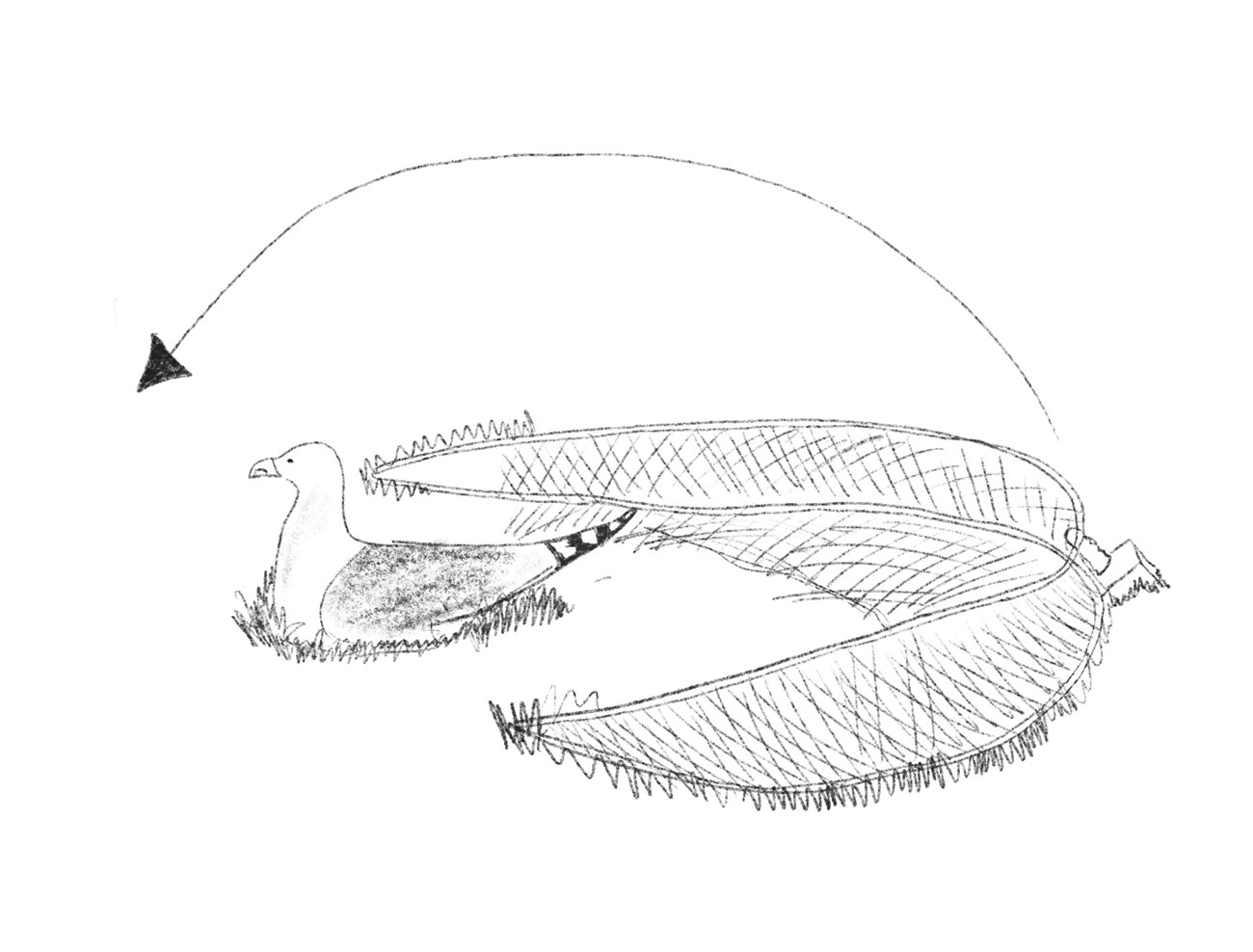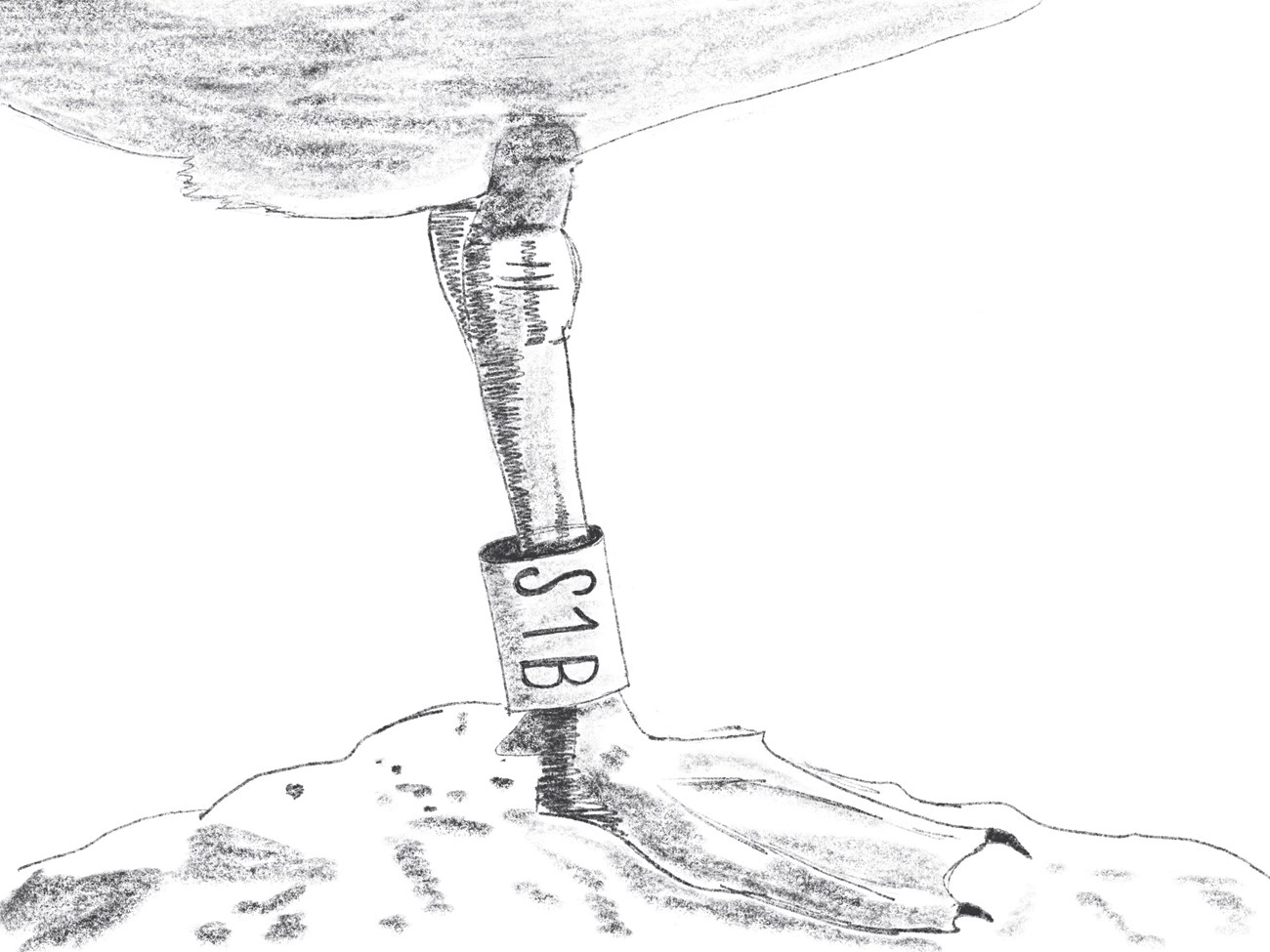Last updated: May 6, 2025
Article
Highly Pathogenic Avian Influenza (HPAI) research in Acadia
by Haysie Maurer, College of the Atlantic
Acadia National Park is home to dramatic rocky coastlines and rolling mountains that attract millions of visitors each year. The natural landscape doesn’t only attract people. Seabirds also flock to some of Acadia’s 120 islands for the summer breeding season. Many of these birds are vulnerable to Highly Pathogenic Avian Influenza—bird flu, or HPAI. Nesting seabird colonies, crowded with gulls, terns, eiders, and black guillemots, are vulnerable to infection. The strain of bird flu virus currently spreading throughout the world, H5N1, is a type of influenza A, the same group of viruses that contains the strains of flu that commonly affect humans during the wintertime. The “highly pathogenic” part refers to the virus’ potential to spread and cause death in chickens. In the past three years, H5N1 has continued to spread throughout the United States and has caused human infections. So far, human cases have been restricted largely to farm workers who work in close proximity to infected animals. At present, humans have not been recorded spreading HPAI to one another.
Acadia National Park contains 120 Islands other than Mount Desert Island, at least 13 of which are home to nesting seabird colonies. Many of these islands are also home to Harbor and Grey seals, all of which have the potential to contract HPAI. It is important for both wildlife and visitor safety that these islands are monitored for the virus.
With the help of students from the College of the Atlantic and support from friends of Acadia, Acadia National Park sponsored a monitoring program for HPAI in Herring and Great Black-backed gulls on the park’s islands in the summers of 2023 and 2024. This research targeted two islands in Acadia National Park: Schoodic and Shabby. These islands were chosen because they are located in the two bays on either side of Mount Desert Island.
Acadia National Park is home to dramatic rocky coastlines and rolling mountains that attract millions of visitors each year. The natural landscape doesn’t only attract people. Seabirds also flock to some of Acadia’s 120 islands for the summer breeding season. Many of these birds are vulnerable to Highly Pathogenic Avian Influenza—bird flu, or HPAI. Nesting seabird colonies, crowded with gulls, terns, eiders, and black guillemots, are vulnerable to infection. The strain of bird flu virus currently spreading throughout the world, H5N1, is a type of influenza A, the same group of viruses that contains the strains of flu that commonly affect humans during the wintertime. The “highly pathogenic” part refers to the virus’ potential to spread and cause death in chickens. In the past three years, H5N1 has continued to spread throughout the United States and has caused human infections. So far, human cases have been restricted largely to farm workers who work in close proximity to infected animals. At present, humans have not been recorded spreading HPAI to one another.
HPAI research in Acadia
Seabirds such as Great Black-backed Gulls may have brought the virus during migration from Europe to North America, where it was first detected in New Brunswick, Canada. In the summer of 2022, HPAI caused unusual mortality events in seals in the Gulf of Maine. Monitoring efforts by wildlife rehabilitation centers and research organizations in Maine and Massachusetts also identified high percentages of HPAI infections in gulls and eiders in the same summer, causing bird deaths on at least eight islands in New England.Acadia National Park contains 120 Islands other than Mount Desert Island, at least 13 of which are home to nesting seabird colonies. Many of these islands are also home to Harbor and Grey seals, all of which have the potential to contract HPAI. It is important for both wildlife and visitor safety that these islands are monitored for the virus.
With the help of students from the College of the Atlantic and support from friends of Acadia, Acadia National Park sponsored a monitoring program for HPAI in Herring and Great Black-backed gulls on the park’s islands in the summers of 2023 and 2024. This research targeted two islands in Acadia National Park: Schoodic and Shabby. These islands were chosen because they are located in the two bays on either side of Mount Desert Island.



What can you do to help?
It is of utmost importance to continue to protect our park from avian influenza. While the threat to human visitors in the park remains low, the same cannot be said for Acadia’s feathered visitors. To do your part in keeping Acadia’s wildlife safe, please don’t feed the wildlife, and give them plenty of space. If you see a sick or dead animal, do not approach it and contact park staff. Interested in participating in science? Birds with field-readable color bands can be found in Acadia National Park. If you see a band, you can report it to the bird banding lab at usgs.gov to help researchers at the park track where birds have been. Knowing where birds are going is important in understanding how HPAI spreads.Pending continuing funding, efforts to monitor HPAI in Acadia will continue into the summer of 2025. The continued monitoring of the virus, population counts on park islands, and deployment of additional GPS devices on birds at additional islands will continue to improve our knowledge of HPAI at Acadia National Park and how Acadia’s Birds move through the rest of the world.
References
Anderson, J. (2024). Acadia’s Seabird Islands And The question of Highly Pathogenic Avian Influenza (HPAI).Seabird Sanctuaries: Tracking Health and Habits Across Acadia’s Remote Islands (U.S. National Park Service). (2023). NPS.gov. https://www.nps.gov/articles/000/seabird-sanctuaries-tracking-health-and-habits-across-acadia-s-remote-islands.htm
